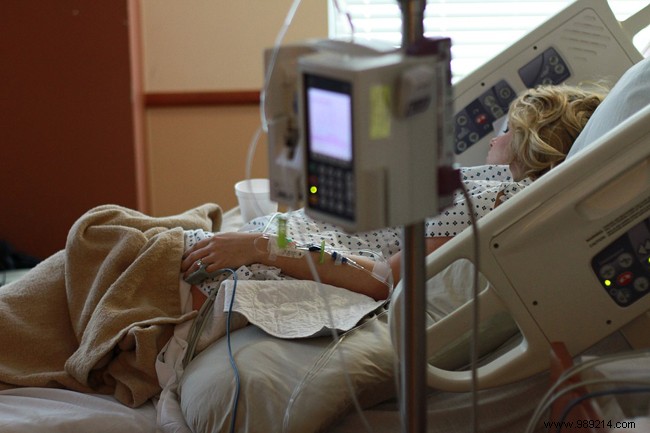
Appendicitis is an inflammation of the appendix, which is a small growth in the first part of the colon, called the "caecum". Without any particular function known to date, it could nevertheless have been useful to our ancestors, whose diet was richer in fibre.
Although quite simple, the operation of appendicitis is no longer systematic today due to the advancement of diagnosis and progress in means of treatment. The risks of the intervention also weigh a lot insofar as a surgical intervention is never trivial.
Inflammation of the appendix is characterized by intense pain in the right and lower part of the abdomen sometimes accompanied by a bout of fever. It is generally more common in women and rarer in people of African descent. Although its cause is not yet fully determined, appendicitis is more of an obstruction than an inflammation. But if it is not detected and treated in time, the wall of the appendix can tear and the intestinal contents (a multitude of bacteria) can spread into the abdominal cavity. A serious infection can then result which can put the patient's life in danger. In addition, nothing can prevent appendicitis and the only definitive treatment remains appendectomy, which consists of surgical removal of the appendix under general anesthesia.
With current means, diagnosis has improved and interventions are less invasive. Medicine has established that there are two types of appendicitis:simple and complicated. The difference being that the second is accompanied by necrosis and sometimes perforation of the wall of the appendix, while the first allows simple treatment with antibiotics. The scanner makes it possible to diagnose these two forms and thus facilitates the diagnosis. An ultrasound can also offer the same result and offers the advantage of avoiding scanner radiation in children
For complicated appendicitis, two surgical techniques can be used, either under general anesthesia to open and remove the appendix, or by laparoscopy where a small incision is enough to introduce the instruments with an optical fiber connected to a mini-camera to locate. This last technique has become the most used to guarantee better visibility, reduced scarring and fewer postoperative complications.

With advances in current medicine, surgery for appendicitis is no longer mandatory, especially for children. A scientific journal of American surgery has published a study carried out on 77 young people (from 7 to 17 years old) on the obligation to operate. This study left the choice to the parents to decide whether to do surgery or drug treatment.
Other work, such as that of the International Journal of Medicine, also shows that it is possible to no longer operate systematically on uncomplicated appendicitis. With the precise report of the scanner, the differentiation between simple and complicated appendicitis registers a very low error rate. Patients who can be treated with antibiotics thus escape the risks and constraints of surgery, which is always delicate.